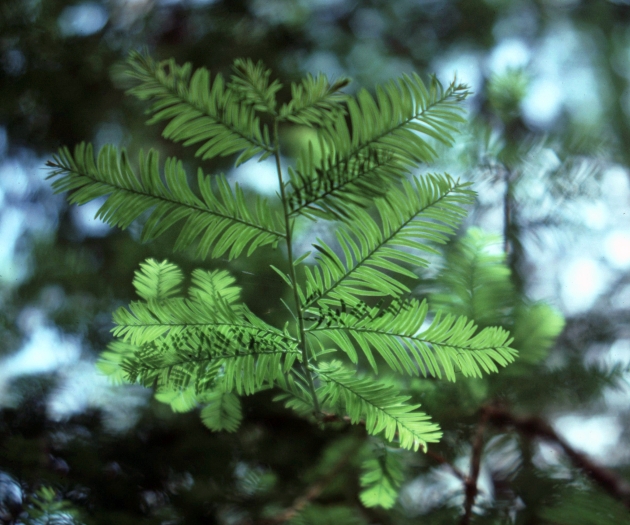Florida Yew
(Taxus floridana)
Florida Yew (Taxus floridana)
/
/

Richard Carter, Valdosta State University, Bugwood.org
CC BY 3.0
Image By:
Richard Carter, Valdosta State University, Bugwood.org
Recorded By:
Copyright:
CC BY 3.0
Copyright Notice:
Photo by: Richard Carter, Valdosta State University, Bugwood.org | License Type: CC BY 3.0 | License URL: https://creativecommons.org/licenses/by/3.0 | Uploader: MPF | Publisher: Wikimedia Commons | Title: Taxus_floridana.jpg | Notes: {{Information |Description=Waratah |Source=[http://www.flickr.com/photos/22616984@N07/2186109713/ A flame in the forest] * Uploaded by [[User:berichard|berichard]] |Date=2006-10-27 08:58 |Author=[http://www.flickr.com/people/22616984@N07 Ian














Estimated Native Range
Summary
Taxus floridana, commonly known as Florida Yew, is an evergreen tree native to the understory of moist, shaded ravines and bluffs primarily in the Florida Panhandle. It is a rare species, often growing to 6 meters tall, but can occasionally reach up to 10 meters. The trunk typically grows up to 38 cm in diameter, with thin, scaly purple-brown bark. The branches are irregularly oriented, contributing to the tree’s distinctive appearance. Florida Yew is usually found in clumps, with individuals being multi-stemmed and varying in stem density.
Florida Yew is slow-growing and has a preference for slightly acidic soil. It thrives in partial shade, particularly on moderate north-facing slopes, and is highly fire-sensitive as well as shade-tolerant. This species is hardy to USDA zone 8. In cultivation, it can be propagated from cuttings or seeds, though seed scarification is necessary for germination. The tree is best suited to full sun or part shade environments, with low to medium water requirements and soils that offer medium drainage. Despite its rarity, Florida Yew is valued for its ornamental foliage and its use in shaded landscape settings. However, due to its conservation status, it is not commonly found in the nursery trade.CC BY-SA 4.0
Florida Yew is slow-growing and has a preference for slightly acidic soil. It thrives in partial shade, particularly on moderate north-facing slopes, and is highly fire-sensitive as well as shade-tolerant. This species is hardy to USDA zone 8. In cultivation, it can be propagated from cuttings or seeds, though seed scarification is necessary for germination. The tree is best suited to full sun or part shade environments, with low to medium water requirements and soils that offer medium drainage. Despite its rarity, Florida Yew is valued for its ornamental foliage and its use in shaded landscape settings. However, due to its conservation status, it is not commonly found in the nursery trade.CC BY-SA 4.0
Plant Description
- Plant Type: Tree
- Height: 12-18 feet
- Width: 12-18 feet
- Growth Rate: Slow
- Flower Color: N/A
- Flowering Season: Non-Flowering
- Leaf Retention: Evergreen
Growth Requirements
- Sun: Full Sun, Part Shade
- Water: Medium
- Drainage: Medium
Common Uses
Bird Garden, Drought Tolerant, Fragrant, Rabbit Resistant
Natural Habitat
Native to the understory of moist, shaded ravines and bluffs in the Florida Panhandle
Other Names
Common Names: If De Floride
Scientific Names: , Taxus floridana, Taxus baccata subsp. floridana, Taxus baccata var. floridana, Taxus canadensis subsp. floridana, Taxus canadensis var. floridana, Taxus globosa var. floridana,
GBIF Accepted Name: Taxus floridana Nutt. ex Chapm.